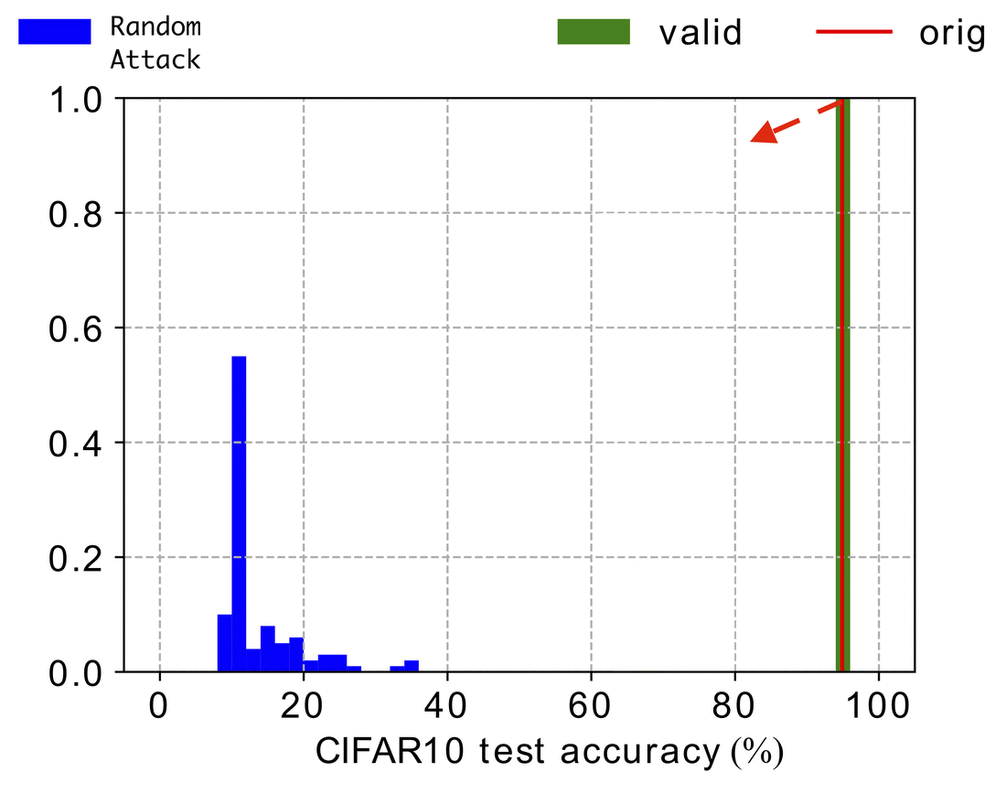
We propose novel passport-based DNN ownership verification schemes which are both robust to network modifications and resilient to ambiguity attacks. Extension of NeurIPS2019 (acceptance rate: 1428/6743 ~ 21.18%).
pdf NeurIPS2019 poster codeL. Fan, K.W. Ng, C.S. Chan and Q. Yang
IEEE Transactions on Pattern Analysis and Machine Intelligence 2022

We propose novel passport-based DNN ownership verification schemes which are both robust to network modifications and resilient to ambiguity attacks. Extension of NeurIPS2019 (acceptance rate: 1428/6743 ~ 21.18%).
pdf NeurIPS2019 poster codeJ.C. Beh, K.W. Ng, J.L. Kew, C-T, Lin, C.S. Chan, S-H. Lai and C. Zach
ICIP 2022
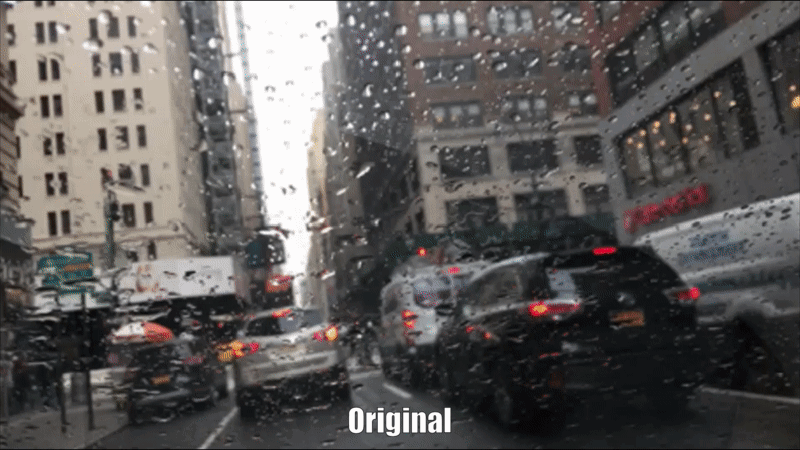
This paper proposed CyEDA to perform global level domain adaptation (DA) without any pre-trained networks integration/annotation labels.
pdf slide poster 12mins Video codeS.W. Lim, C.S. Chan, E.R.M. Faizal and K.H. Ewe
ICIP 2022

We propose a reversed OFA Network training algorithm - Progressive Expansion (ProX) that achieve up to 68% training time reduction.
pdf posterP. Hsu, C-T. Lin, C.C. Ng, J-L. Kew, M.Y. Tan, S-H. Lai, C.S. Chan and C. Zach
ICPR 2022
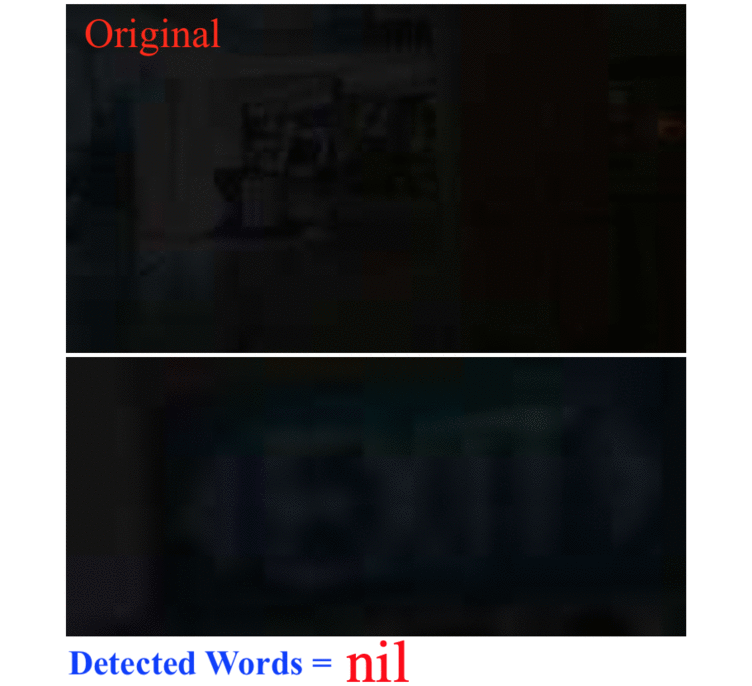
This work deals with the problem of low-light image enhancement, in the context of scene texts. Particularly, a novel image enhancement framework is proposed to precisely restore the scene texts, as well as the overall quality of the image simultaneously under extremely low-light images conditions.
pdfJ.H. Lim, C.S. Chan, K.W. Ng, L. Fan and Q. Yang
Pattern Recognition 2022
J.H. Tan, C.S. Chan and J.H. Chuah
Pattern Recognition 2022
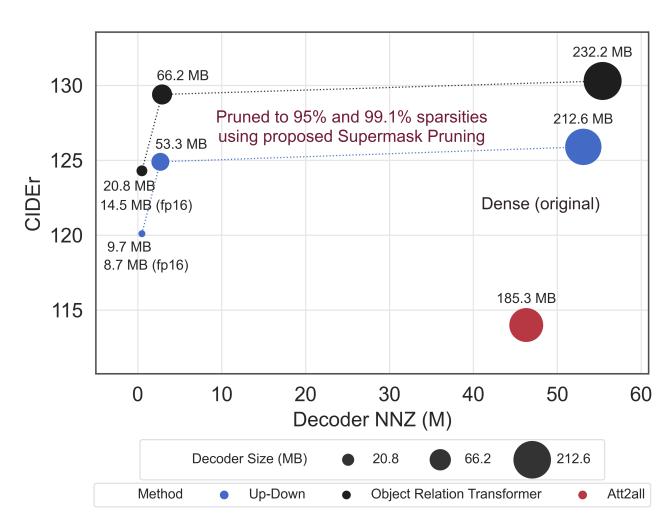
For the first time in image captioning research, we propose a novel end-to-end weight pruning method that performs gradual sparsification based on weight sensitivity to the training loss.
pdf codeJ.T. Hoe, K.W. Ng, T. Zhang, C.S. Chan, Y-Z. Song and T. Xiang
NeurIPS 2021 (acceptance rate: 2372/9122 ~ 26.0%)
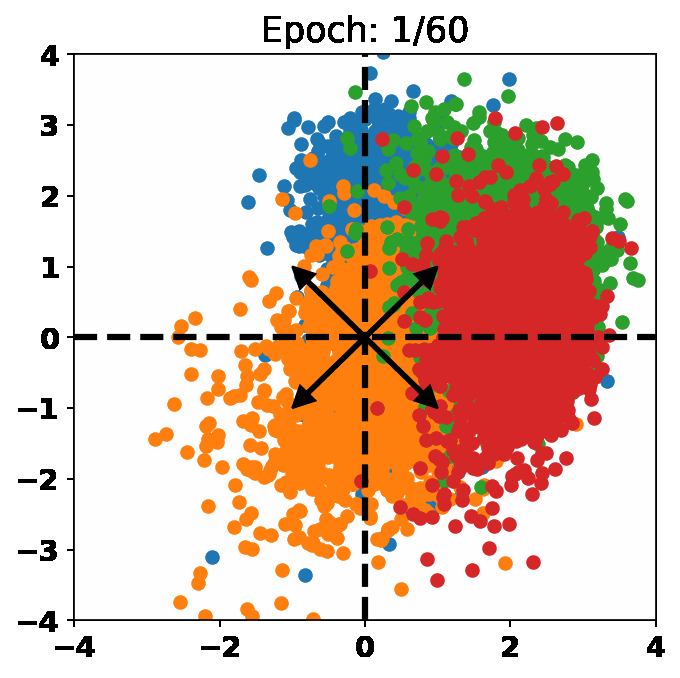
This paper proposes a novel deep hashing model with only a single learning objective which is a simplification from most state of the art papers generally use a large number (>4) of losses and regularizer. Further, with this learning objective, code balancing can be achieved by simply using a Batch Normalization (BN) layer and multi-label classification is also straightforward with label smoothing.
pdf 12mins Video codeD.S. Ong, C.S. Chan, K.W. Ng, L. Fan and Q. Yang.
CVPR 2021 (acceptance rate: 1663/7015 ~ 23.7%)
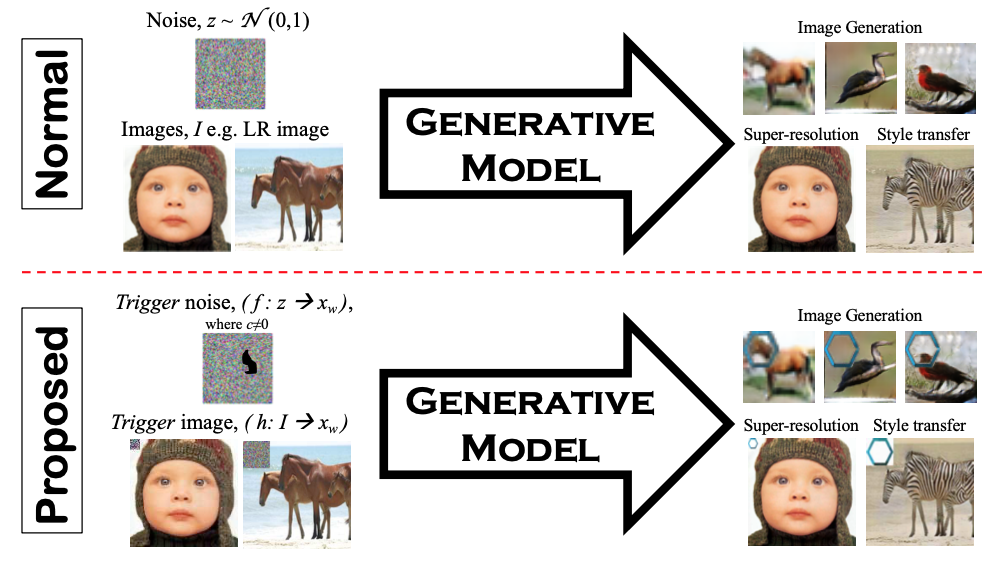
This paper presents a complete protection framework in both black-box and white-box settings to enforce IPR protection on GANs.
pdf 10mins Video codeJ.H. Lim, C.S, Tan, C.S. Chan et al.
MIUA 2021 (Best Student Paper Award)
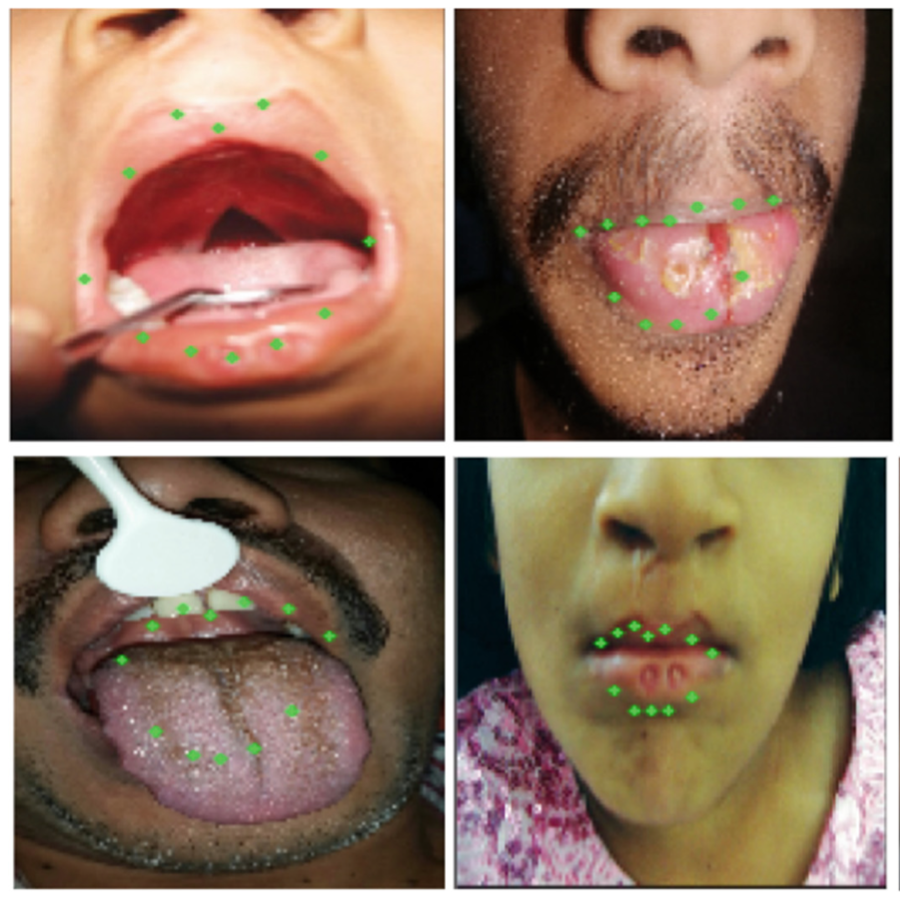
Oral cancer is a major health issue among low- and middleincome countries due to the late diagnosis. In this paper, we develop a novel deep learning framework named D’OraCa to classify oral lesions using photographic images, and the results are consistent with clinicians
pdfJ.Q. Lim and C.S. Chan
ICIP 2021
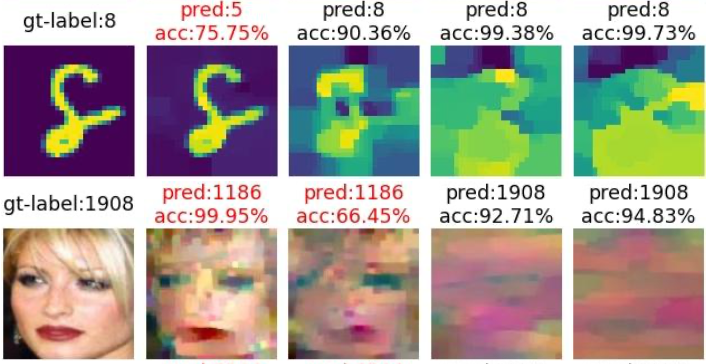
This paper aims to cast the doubts towards the reliability of the DNN with solid evidence particularly in Federated Learning environment.
pdf codeL. Fan, K.W. Ng, C. Ju, T. Zhang and C.S. Chan
IJCAI 2020 (acceptance rate: 592/4717 ~ 12.6%)
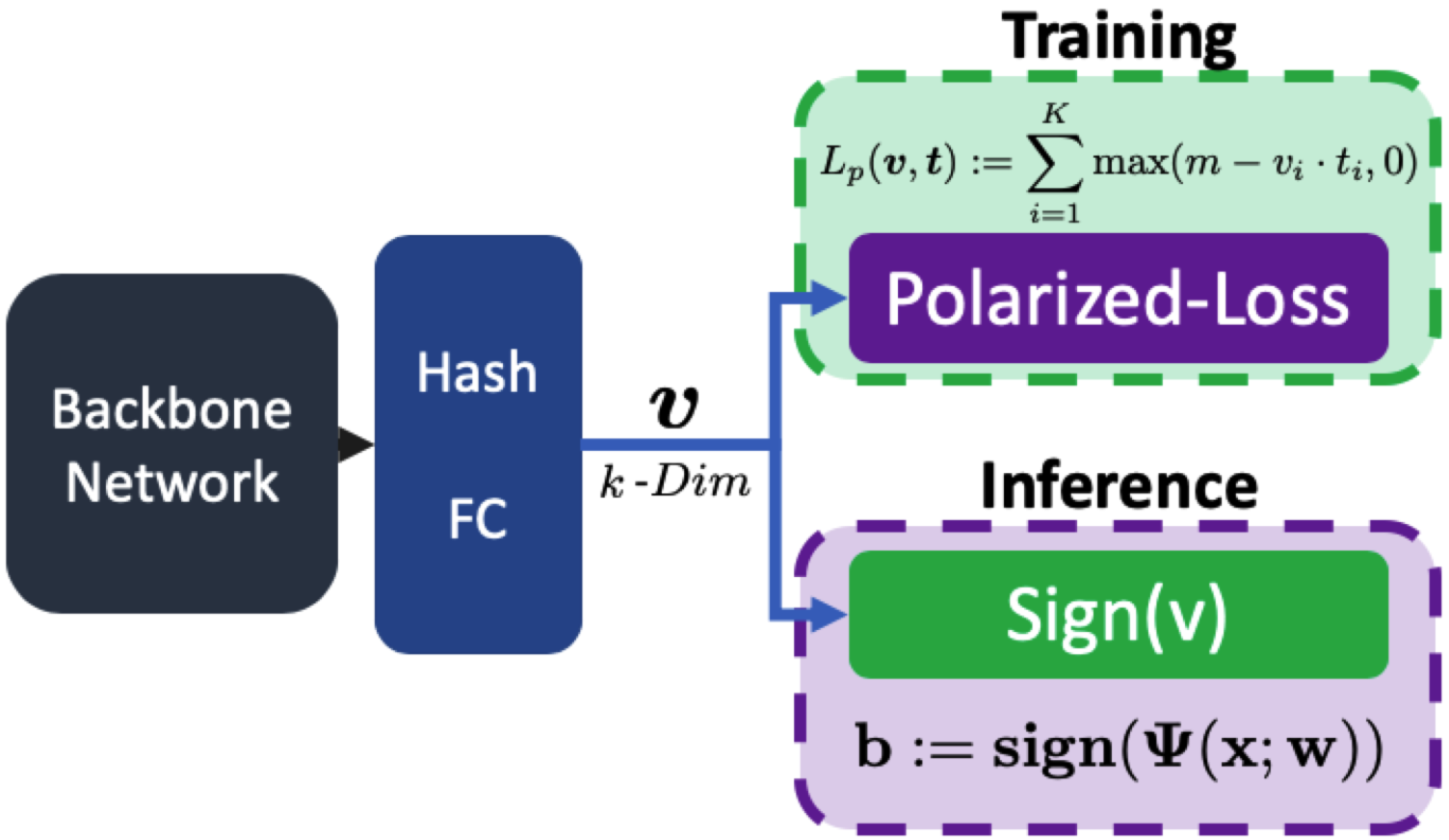
We proposed a novel learning to hash deep neural network, which uses a differentiable hinge-like loss.
pdf codeY-Q Lim, C. S. Chan and F. Y. Loo
ICME 2020 (oral, acceptance rate: 103/834 ~ 12.35%)
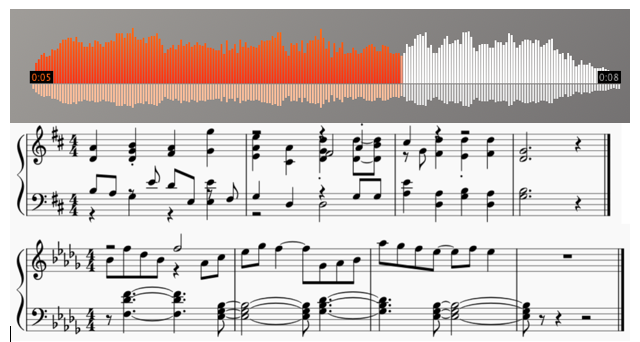
We proposed a new formulation to the VAE that allows users to condition on the style of the generated music.
pdf code sample musicX. Wang, Y. Liu, C. Shen, C.C. Ng, C. Luo, L. Jin, C. S. Chan, A. van den Hengel and L. Wang
CVPR 2020 (acceptance rate: 1470/6656 ~ 22.09%)
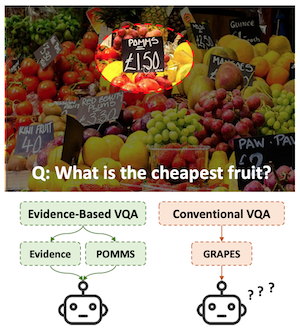
We proposed a new bilingual scene text + evidence VQA dataset named STE-VQA that is annotated with 15,056 English and 13,006 Chinese QA pairs. Within this, an evidence-based measure of an algorithm’s capacity to reason is also proposed that requires the VQA model to provide a bounding box of the predicted answer.
pdf datasetC.K. Ch'ng, C.S. Chan and C-L. Liu
International Journal on Document Analysis and Recognition 2020

To facilitate a new text detection research, we introduce the Total-Text dataset that consists of 1555 images with more than 3 different text orientations, one of a kind. Extension of ICDAR 2017 (Oral, acceptance rate: 52/409 ~ 12.7%).
pdf arXiv (ICDAR 2017 extended ver.) slide datasetJ.H. Lim and C.S. Chan
ICIP 2019
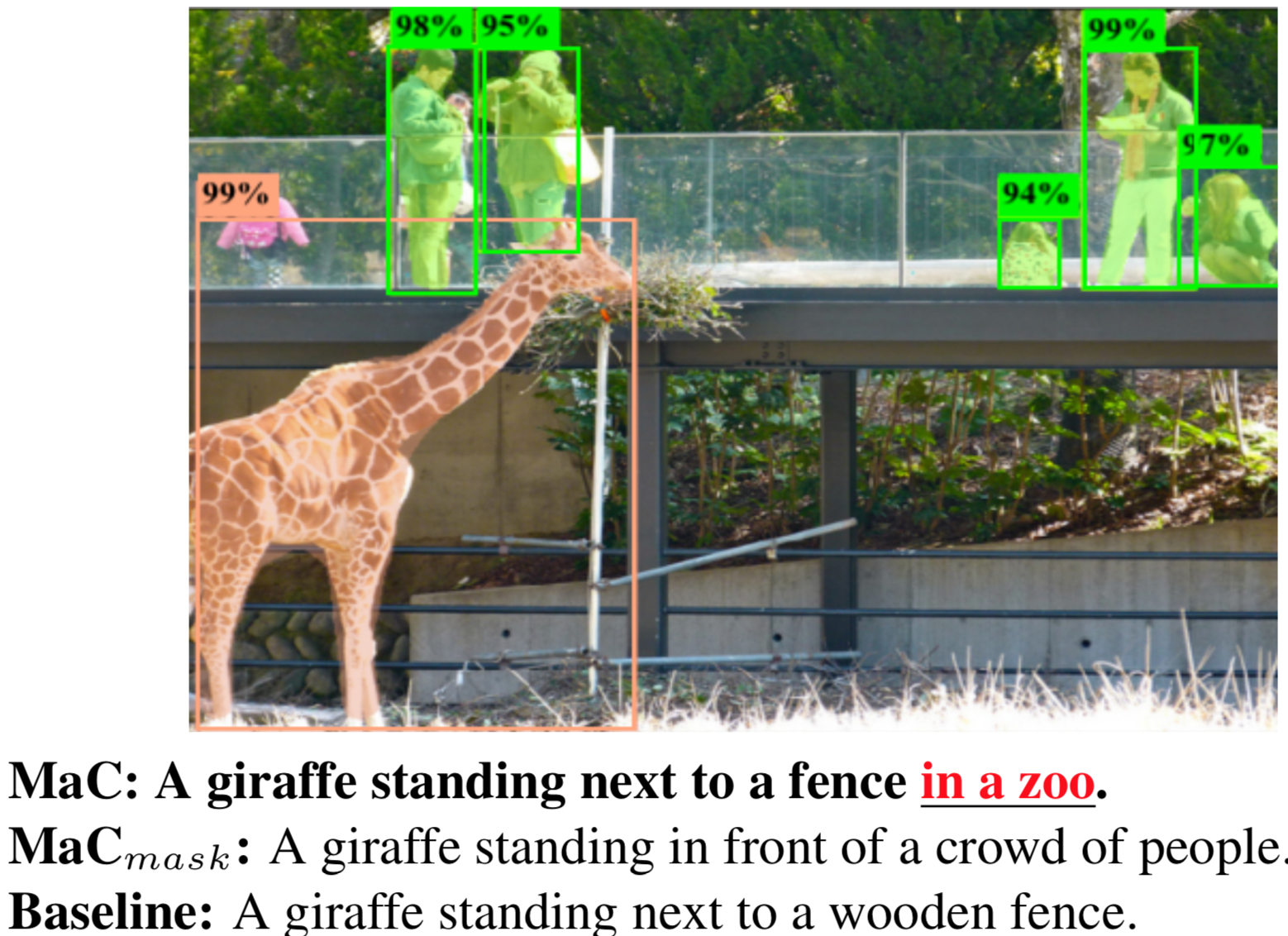
This paper leverages on Mask RCNN to detect the salient regions in pixel level in the object layer; while, in the background layer, a CNN model is used to encode the scene features.
pdf posterJ.H. Tan, C.S. Chan and J.H. Chuah
IEEE Transactions on Multimedia 2019
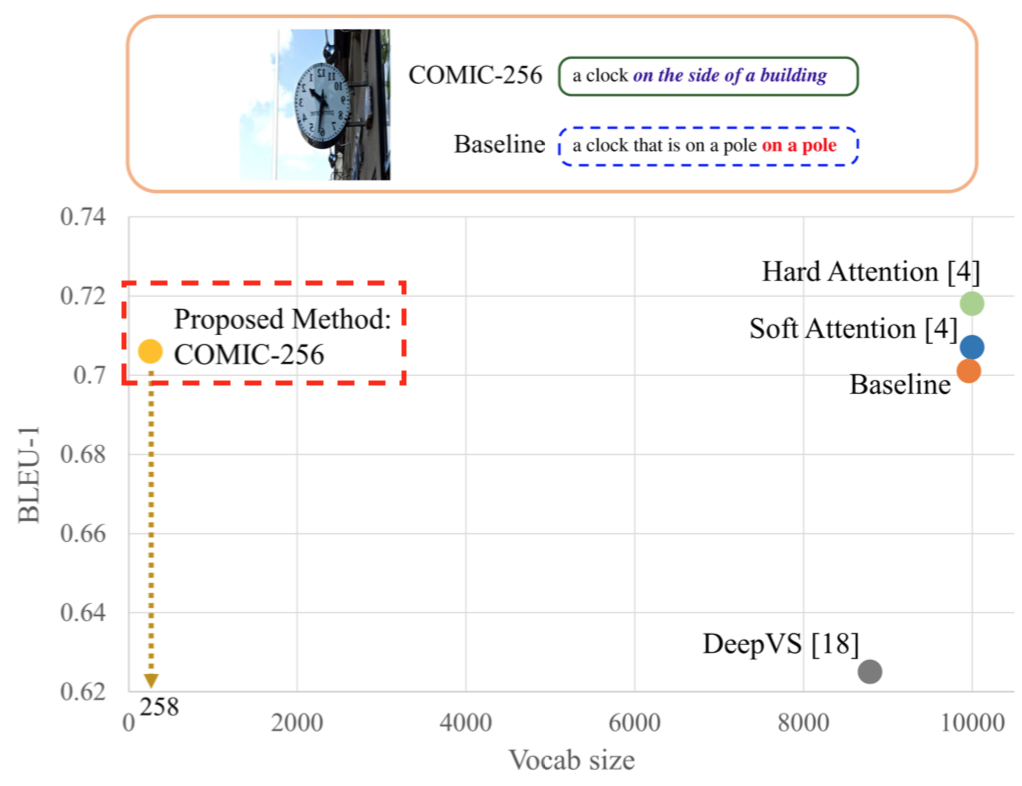
This paper introduces a compact image captioning model, and shows competitive results on MS-COCO and InstaPIC-1.1M datasets despite having an embedding vocabularly size that is 39x-99x smaller.
pdf codeY.P. Loh, X. Liang and C.S. Chan
Signal Processing: Image Communication 2019
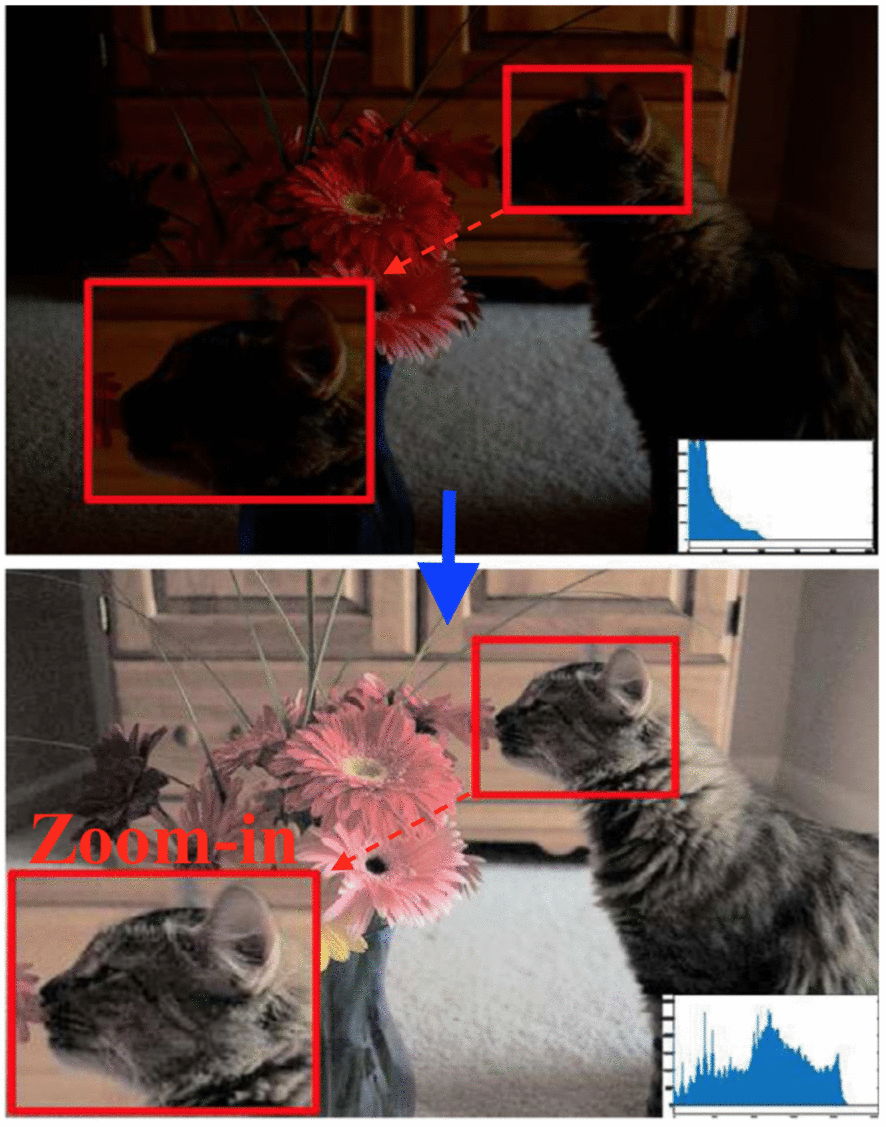
This work aims at shifting the focus of low-light enhancement research towards a more functional direction, that is enhancement that prioritizes feature retrieval. For this reasonm, this paper modeled low-light image enhancement as a distribution of localized enhancement functions using Gaussian Process trained at runtime with reference data generated from a CNN. Also, two new evaluation metrics - local features matching and intensity histogram similarity are also proposed.
pdf dataset codeY.H. Tan and C.S. Chan
Neurocomputing 2019
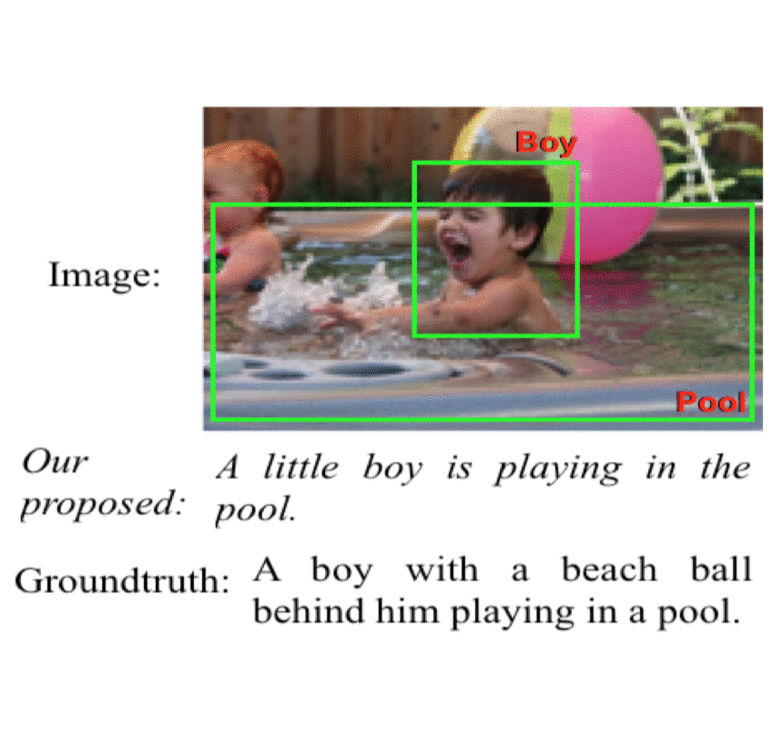
This paper proposes for the first time a phrase-based hierarchical Long Short-Term Memory (phi-LSTM) model to generate image description. It encodes sentence as a sequence of combination of phrases and words, instead of a sequence of words alone as in classical solutions. Extension of ACCV 2016: phi-LSTM (acceptance rate: 143/590 ~ 24.2%).
pdf arXiv (ACCV 2016 extended ver.) ACCV2016 posterY.P. Loh and C.S. Chan
Computer Vision and Image Understanding 2019
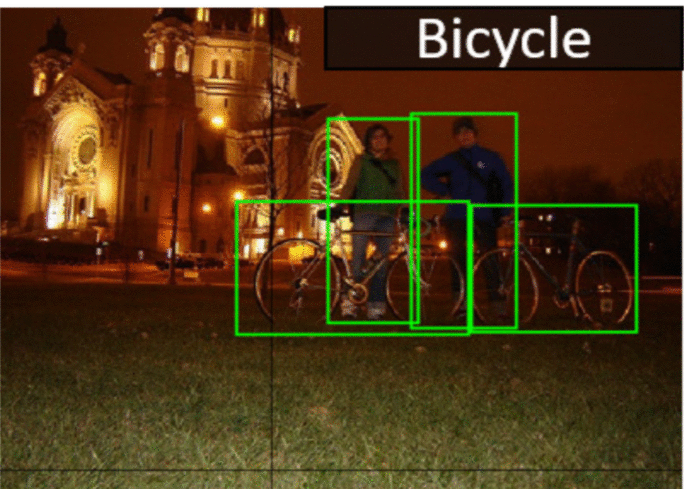
ExDark: Exclusively Dark (ExDark) dataset which to the best of our knowledge, is the largest collection of low-light images to-date with image class and object level annotations.
pdf datasetW.R. Tan, C.S. Chan, H. Aguirre and K. Tanaka
IEEE Transactions on Image Processing 2019
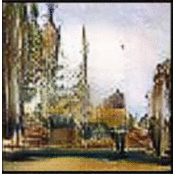
ArtGAN: A series of new approaches to improve Generative Adversarial Network (GAN) for conditional image synthesis. One of the key innovation of ArtGAN is that, the gradient of the loss function w.r.t. the label (randomly assigned to each generated image) is back-propagated from the categorical discriminator to the generator. Extension of ICIP 2017: ArtGAN.
pdf supp. material codeW.L. Hoo and C.S. Chan
ICIP 2018
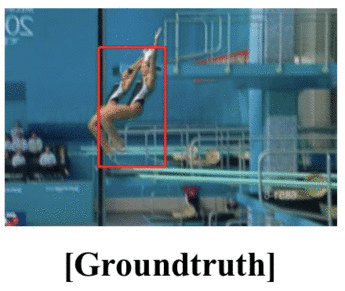
In this work, we study video saliency detection using Partial Differential Equation (PDE). Experiments on various human-action datasets show that our video saliency detection model performs favourably against the conventional solutions.
pdf posterS.H. Lee, C.S. Chan and P. Remagnino
IEEE Transactions on Image Processing 2018
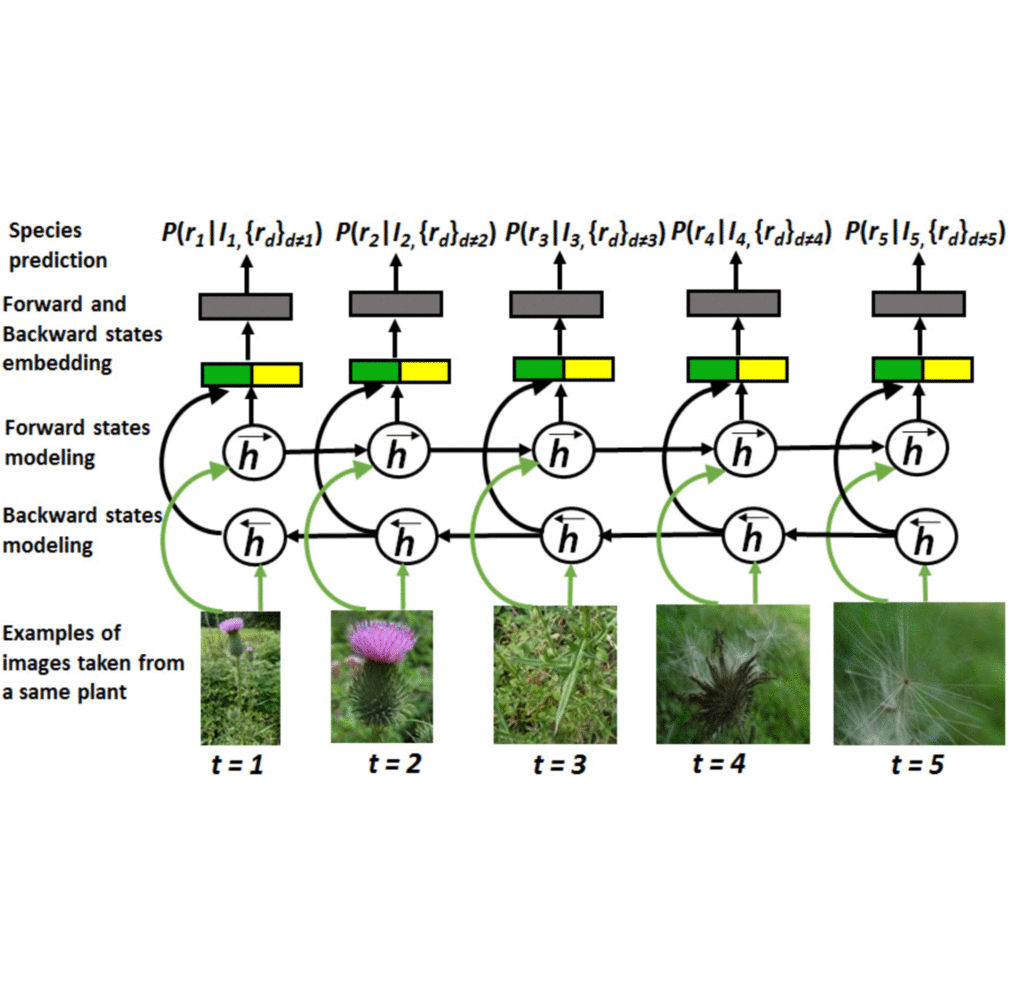
Classification of plants based on a multi-organ approach is very challenging. In this work, we present two deep frameworks (i.e. HGO-CNN & Plant-StructNet) to classify plant. Experiment results show that our proposed network outperforms the state of the art on the PlantClef2015 benchmark. Extension of ICIP 2017: HGO-CNN.
pdf code project pageV.J. Kok and C.S. Chan
Multimedia Tools and Applications 2018
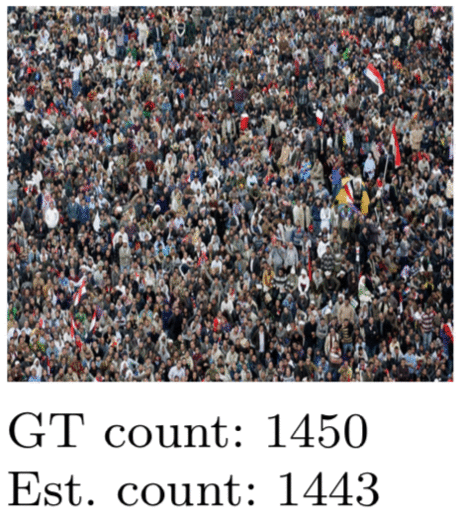
Dense crowd density estimation is one of the fundamental tasks in crowd analysis. In this work, we study crowd counting using the concept and principles of granular computing. That is, we learn discriminative crowd features from granules, that conforms to the outline between crowd and background (i.e. non-crowd) regions, for density estimation
pdfS.H. Lee, C.S. Chan, S. Mayo and P. Remagnino
Pattern Recognition 2017
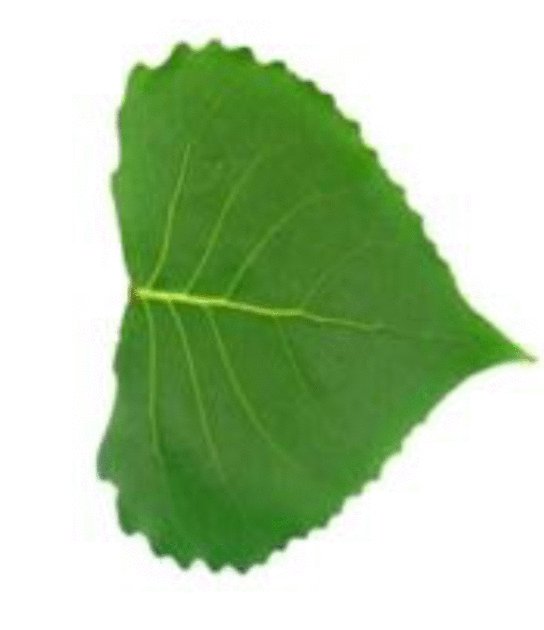
This paper is one of the early work that studies how deep learning can be used in plant classification. It is found that venations of different order have been chosen to uniquely represent each of the plant species. We show that these findings fit with the hierarchical botanical definitions of leaf characters. Extension of ICIP 2015: Deep-Plant.
pdf code dataset project pageV.J. Kok and C.S. Chan
IEEE Transactions on Cybernetics 2017
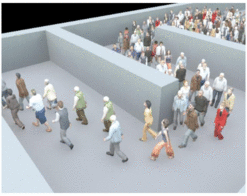
This paper studies crowd segmentation using the concept and principles of granular computing.
pdf project pageW.R. Tan, C.S. Chan, H. Aguirre and K. Tanaka
ICIP 2016
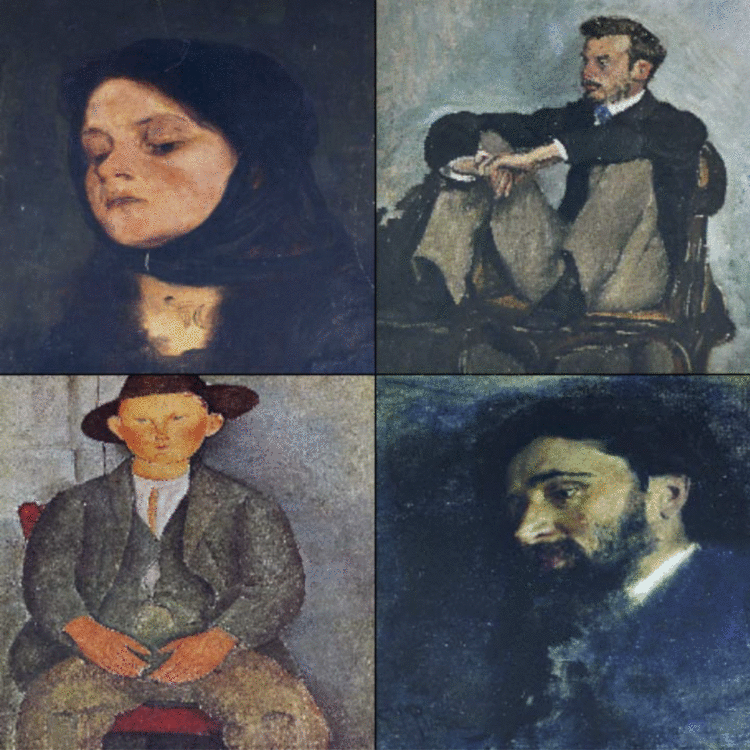
This paper preliminary studies on artwork classification using AlexNet. Particularly, we present a study on large-scale classification of fine-art paintings. Our objectives is to answer the question - is that does a machine have or able to understand “imagination” in paintings?
pdf supp. material poster code datasetE. Vats and C.S. Chan
Applied Soft Computing 2016
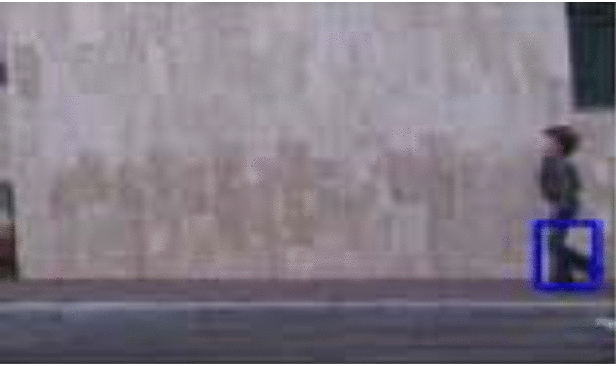
This paper studies a classifer that is capable to recognize human action with only partial action sample. Best student paper nomination at FUZZ-IEEE 2015.
pdfC.H. Lim and C.S. Chan
Neural Computing and Applications 2016
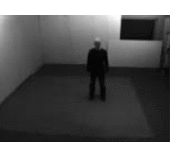
This paper studies a view-invariant human model based on Poisson and fuzzy qualitative reasoning. Experimental results showed the reliability and effectiveness of our proposed viewpoint estimation framework by using the challenging IXMAS human action dataset. Extension of FUZZ-IEEE 2013.
pdfV.J. Kok, M.K. Lim and C.S. Chan
Neurocomputing 2016
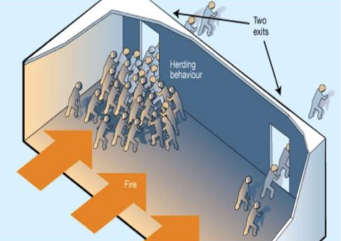
This paper surveys a crowd behavior analysis with 180 references. Particularly, this survey provides the readers with a review of the state-of-the-art methods in crowd behavior analysis from the physics and biologically inspired perspectives
pdf project pageS. Tang and C.S. Chan
Signal, Image and Video Processing 2016
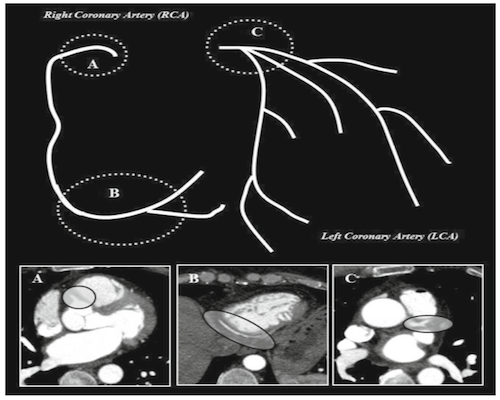
This paper investigates orthogonal planar search for coronary artery centerline extraction from computed tomography angiography. Extension of MVA 2013.
pdf posterW.L. Hoo and C.S. Chan
IEEE Transactions on Human-Machine Systems 2015
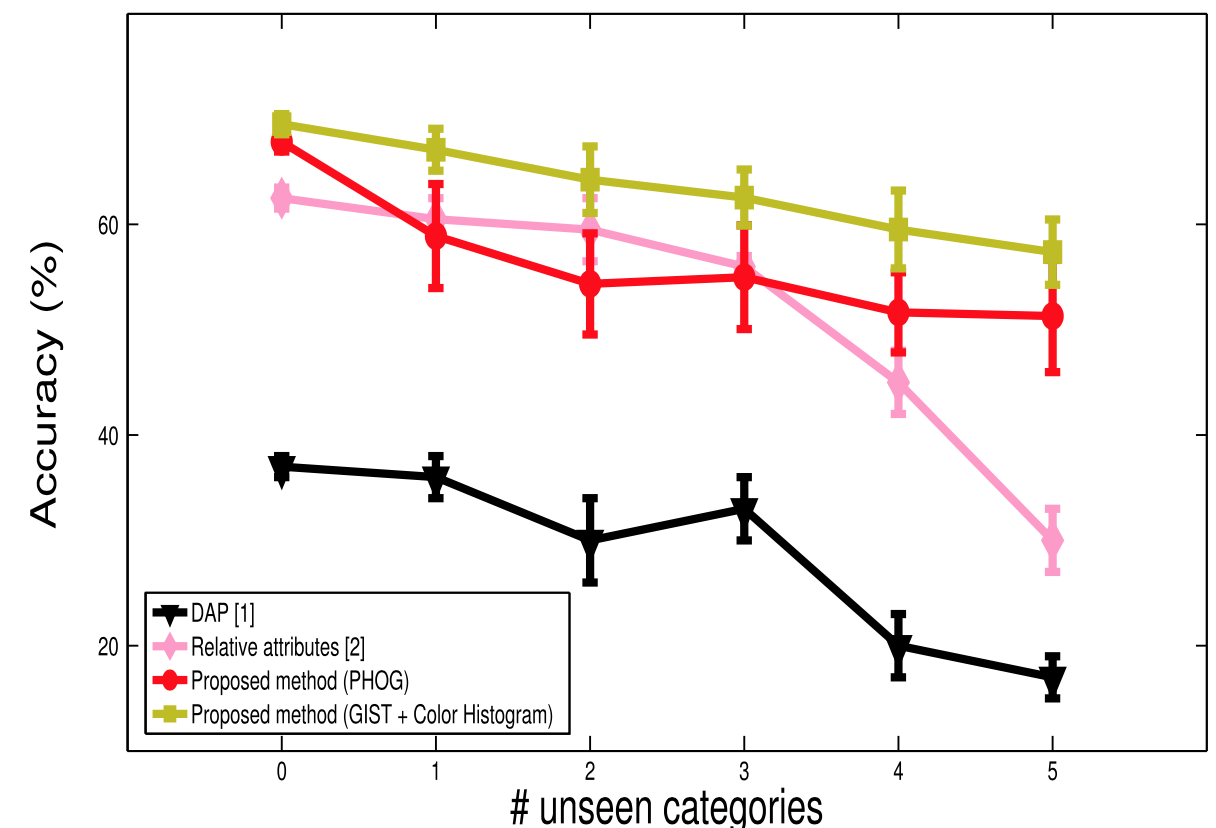
This paper studies zero-shot learning based on topic model. Extension of ICIP 2013.
pdf project pageE. Vats, C.K. Lim and C.S. Chan
Journal of Intelligent & Fuzzy Systems 2015
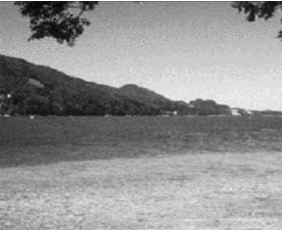
This paper studies on scene classification using BK sub-triangle product inference mechanism. Paricularly, we proposed an improved Bandler and Kohout's CK subproduct.
pdf project pageD. Tang, B. Yusuf, J. Botzheim, N. Kubota and C.S. Chan
Expert Systems with Applications 2015
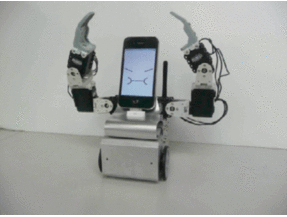
This paper studies a new multimodal human-robot interaction framework to support elderly people in their daily life.
pdfC.H. Lim*, E. Vats* and C.S. Chan (*indicates equal contribution)
Pattern Recognition 2015
C.K. Lim and C.S. Chan
Expert Systems with Applications 2015
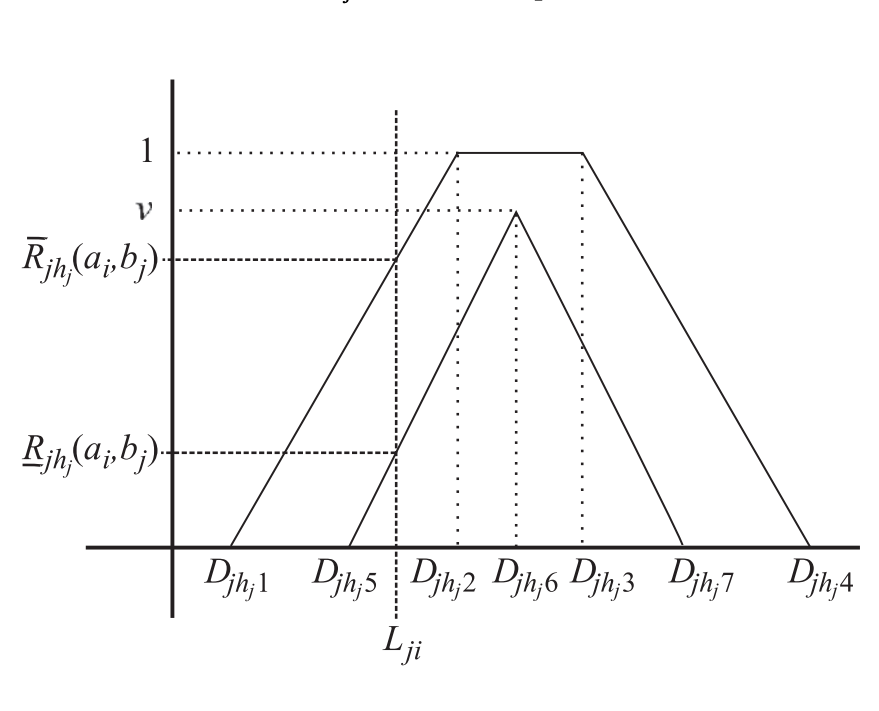
This paper studies a high reliability inference engine that is rule-free, tolerate to uncertainty with interval-valued fuzzy sets and consider features weight. Extension of FUZZ-IEEE 2013.
pdfC.H. Lim, A. Risnumawan and C.S. Chan
IEEE Transactions on Fuzzy Systems 2014
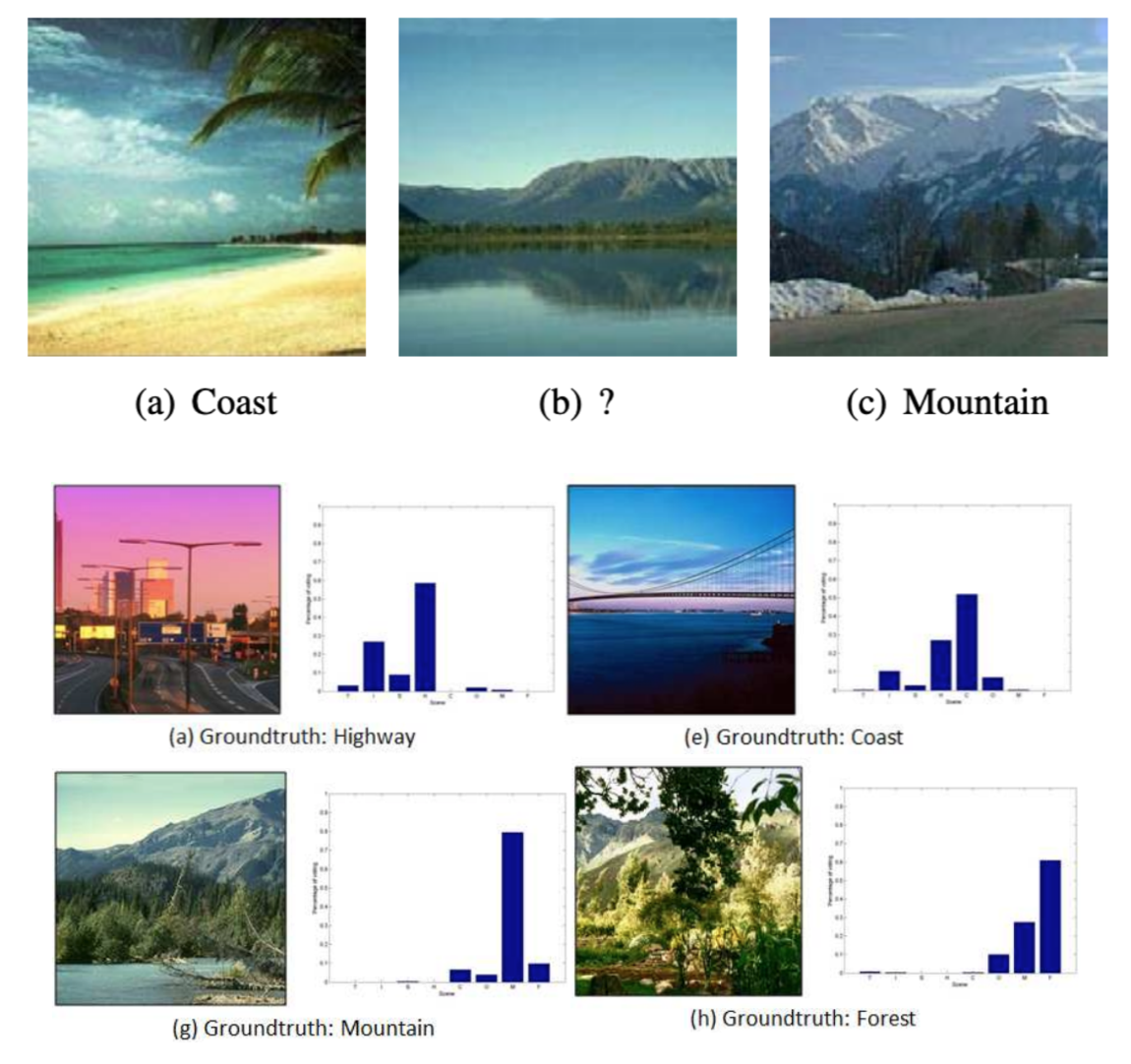
This paper proposes fuzzy qualitative rank classifier to handle natural scene classification. The proposed FQRC provides a ranking interpretation instead of binary decision. Extension of FUZZ-IEEE 2012.
pdf codeA. Risnumawan, P. Shivakumara, C.S. Chan and C.L. Tan
Expert Systems with Applications 2014

One of the first work that exploring curve text detection. A new dataset (CUTE80) is proposed.
pdf datasetM.K. Lim, C.S. Chan, D. Monekosso and P. Remagnino
Information Sciences 2014

This paper studies abrupt motion tracking using PSO. Extension of MVA 2013: SwATrack.
pdf dataset project pageM.K. Lim*, V.J. Kok*, C.C. Loy and C.S. Chan (*indicates equal contribution)
ICPR 2014 (Oral, acceptance rate: 198/1409 ~ 14%.)
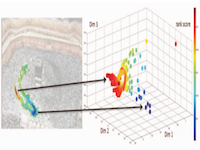
This paper identifies and localizes salient regions in a crowd scene, by transforming low-level features extracted from the crowd motion field into a global similarity structure.
pdf dataset project pageW.L. Hoo, T-K. Kim, Y. Pei and C.S. Chan
ICPR 2014 (Oral, acceptance rate: 198/1409 ~ 14%.)
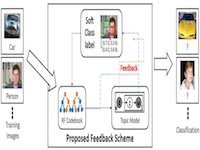
This paper studies discriminative RF codebook learning and generative classifier learning in image understanding.
pdf supp. materialW.R. Tan, C.S. Chan, Y. Pratheepan and J. Condell
IEEE Transactions on Industrial Informatics 2012
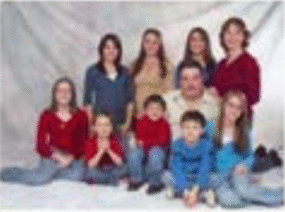
This paper studies a hybrid model to detect human skin. A new skin detection dataset (Pratheepan) is proposed.
pdf dataset project pageC.S. Chan and H. Liu
IEEE Transactions on Fuzzy Systems 2009
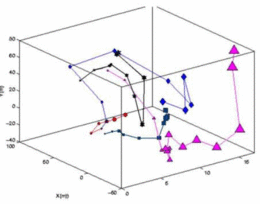
This paper studies human motion analysis with fuzzy qualitative reasoning. Extension of FUZZ-IEEE 2008.
pdfC.S. Chan and H. Liu
FUZZ-IEEE 2009 (Oral)
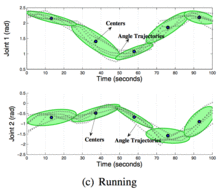
This paper studies a fusion between Gaussian Mixture Model-based clustering (GMM)- Qualitative Normalised Templates (QNT) for human motion analysis. The proposed method has been applied to the recognition of eight types of human motions
pdfC.S. Chan, H. Liu and D.J. Brown
Journal of Intelligent and Robotic Systems 2007
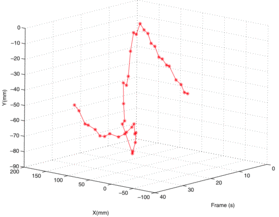
This paper models human upper and lower limbs using qualitative normalised templates. Application in visual surveillance.
pdf